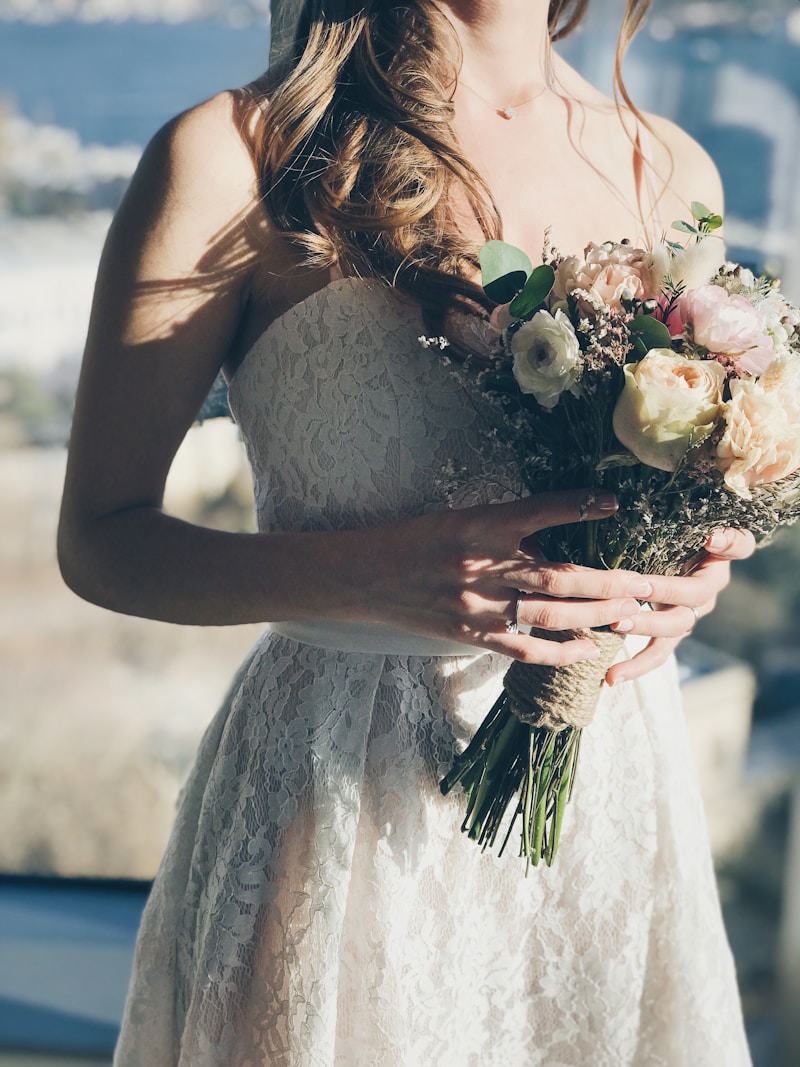Flexibility vs. Commitment in Wedding Attire: Navigating Your Perfect Look
When planning a wedding, one of the most critical decisions couples make is what to wear on their big day. Not only do wedding outfits need to be beautiful, but they also need to balance the elements of flexibility and commitment. In this article, we will delve into the differences between flexibility and commitment when it comes to wedding attire, explore how each aspect affects your choices, and provide tips to help you navigate these considerations like a pro.
The Importance of Wedding Attire
Wedding attire serves as the visual representation of the couple's style and personality, and it often reflects the overall theme of the wedding. Thus, understanding the balance between flexibility and commitment is essential. Flexibility refers to how adaptable the clothing options are to various factors such as comfort, venue, and weather, while commitment pertains to the lasting choices made regarding style, fabric, and design.
Understanding Flexibility in Wedding Attire
When thinking about flexibility in wedding attire, several factors come into play:
- Comfort: Opting for comfortable wedding outfits can lead to a more enjoyable day, allowing the couple and their guests to celebrate without any constricting clothing.
- Weather Considerations: Outdoor weddings can fluctuate in temperature, making it essential to choose fabrics and styles that accommodate changes—light dresses for summer outdoor weddings, or boleros and wraps for cooler evenings.
- Venue Suitability: The chosen venue plays a significant role in determining the style and formality of the attire. A beach or garden wedding may call for more relaxed, casual attire, whereas a ballroom may require something more formal.
Examples of Flexible Wedding Attire Options
| Attire Type | Flexibility Features |
| Maxi Dresses | Comfortable and can be styled for both formal and informal settings. |
| Pantsuits | Offer movement and variety, suitable for any wedding style. |
| Two-Piece Sets | Allows for mix-and-match flexibility while maintaining style. |
The Role of Commitment in Wedding Attire
While flexibility is vital, commitment should not be overlooked. Committing to certain fashion elements can significantly impact how a couple feels on their wedding day:
- Defining Personal Style: Couples who commit to specific styles—be it vintage, modern, or bohemian—create a cohesive look that reflects their personalities.
- Longevity: Choosing high-quality materials and timeless designs can result in outfits that hold sentimental value, making them cherished keepsakes.
- Tradition: For many couples, traditions play a crucial role in wedding attire, with commitments to family customs such as wearing a family heirloom gown or adhering to specific cultural attire.
Examples of Committed Wedding Attire Choices
| Attire Type | Commitment Features |
| Traditional Gowns | Often feature unique craftsmanship, historical designs, and cultural significance. |
| Matched Wedding Party Attire | Creates uniformity and reflects dedication to the overall wedding aesthetic. |
| Custom-Made Outfits | Reflects a commitment to personal style and fit, tailored specifically for the individual. |
Finding the Right Balance
Striking the right balance between flexibility and commitment is essential. Here are some tips to help you find that sweet spot:
- Assess Your Comfort: Prioritize personal comfort when selecting outfits. Remember that flexibility often leads to a happier wedding experience.
- Consider the Wedding Theme: Ensure that your attire aligns with your wedding theme while leaving room for adaptability—like the option to change from heels to flats.
- Think About Durability: Choose durable fabrics that can withstand different scenarios. Opt for versatile styles that can be repurposed for future events.
Common Questions about Wedding Attire
As you navigate the complexities of wedding attire, you may find yourself pondering several related questions:
- What should I wear for a beach wedding? Lightweight fabric, such as chiffon or linen, and styles that flow with the breeze works best.
- How do I maintain tradition while considering flexibility? Choose traditional elements, like lace or embroidery, but in a more relaxed style that allows for movement.
- Is it okay to wear colored wedding attire? Absolutely! Choosing colors that complement your wedding theme offers flexibility while still allowing for a commitment to style.
Conclusion
In conclusion, the decision between flexibility and commitment in wedding attire is deeply personal. While it's essential to consider comfort and adaptability for a successful wedding day, committing to styles and elements that resonate with you can create lasting memories. Balance is key, as it allows couples to express their unique personalities while also ensuring that their attire is practical for the day’s events. Ultimately, when you think flexibly and commit wisely, you will step into your wedding day feeling confident and beautiful.
